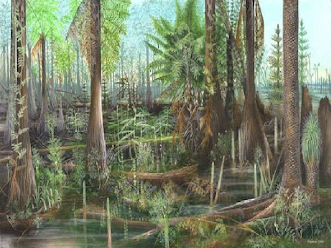Some key climate science concepts, with links.
In science correlation + mechanism = evidence of a causative relationship Is there a correlation between CO2 levels and global temperatures? Here is a 500 million year correlation https://media.springernature.com/.../426313_1_En_1_Fig1... Is there a correlation between anthropogenic CO2 and global temperatures. Here is a 250 year correlation between the two. http://berkeleyearth.org/.../03/results-plot-volcanoes.jpg What is the mechanism for CO2 a a greenhouse gas? That mechanism has been known for 2 centuries. https://history.aip.org/climate/index.htm Here is an explanation of the mechanism of the "greenhouse effect". https://projects.iq.harvard.edu/.../intro_atmo_chem... How do we know the increase in CO2 is anthropogenic? Carbon isotope analysis of the ratios of C14, C13 and C12 traces the 50% increase in CO2 since the mid 18th century to the burning of fossil fuels https://www.climate.gov/.../how-do-we-know-build-carbon... What about natural forcings? Natural forcings wou
.png)







